Hi.
I continue to introduce you to my hike to Votto-Vaaru Mountain, which is located in the remote taiga of Karelia. Calling it a mountain is not quite usual in the galas of those. who is engaged in mountain climbing. The height of Votto-Vaara is only 417 meters, and it is not an impregnable rock. It is located in the very center of Karelia.
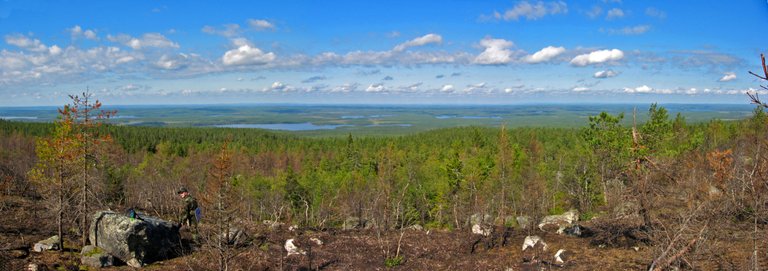
Researchers say that deer migration routes must have crossed here in ancient times. Which means it was very convenient to hunt them here. And in those days, successful hunting guaranteed the life of the tribe. Perhaps several tribes converged here for mass trapping of animals. No information or even oral traditions about this have been preserved (or maybe it has been preserved, but unfortunately we do not know).

From the language of the ancient Sami, the name of the mountain can be translated as "Victory Mountain". It is unclear what kind of victory we are talking about. But there is also a lake and a river with a similar name nearby. So something very memorable happened here in ancient times. Who won and over whom? There are only questions, but there are no answers to them.
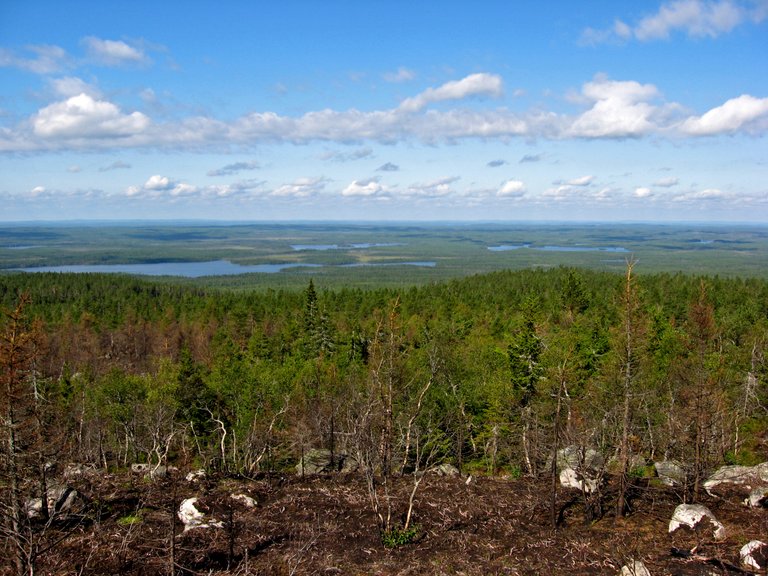
The western slope of the mountain is quite steep and it offers a beautiful view of the lakes below. The view goes far beyond the horizon. Finland is somewhere there.
At the top of the mountain there is a plateau with internal depressions in the form of craters. But of course there was no volcano here. The most important thing that attracts this Mountain is the stone formations on its surface. In addition to various picturesque stones randomly scattered on the mountain, you can also find the so-called "seyds".
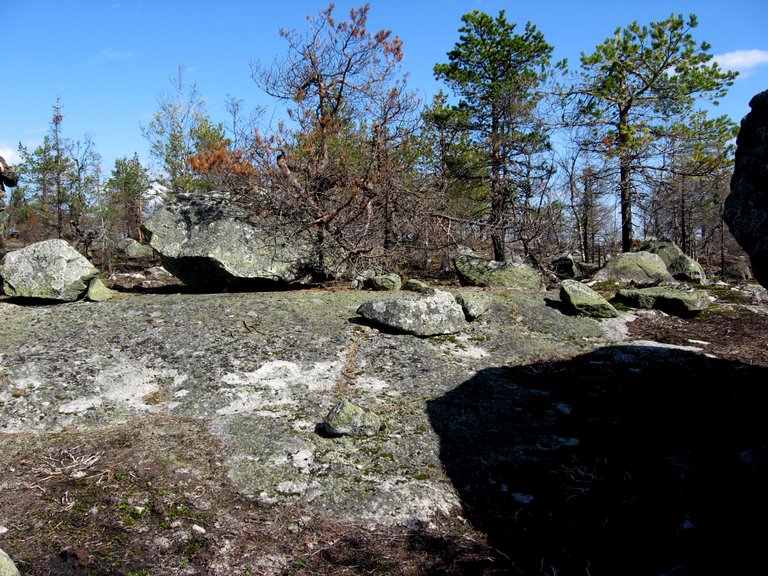
The origin of these seeds still causes heated debate in the scientific stand. Some consider them natural formations, while others think they are man-made. In addition, the man-made nature of the Seids may be ancient, or it may be modern. After all, many tourists come to the Mountain, who make new slides in memory of themselves. How to distinguish an ancient artifact from a new model?

The one who discovered this object says that initially the stones on the mountain formed some kind of regular geometric shapes. Now you can also see lines of stones, but are they?
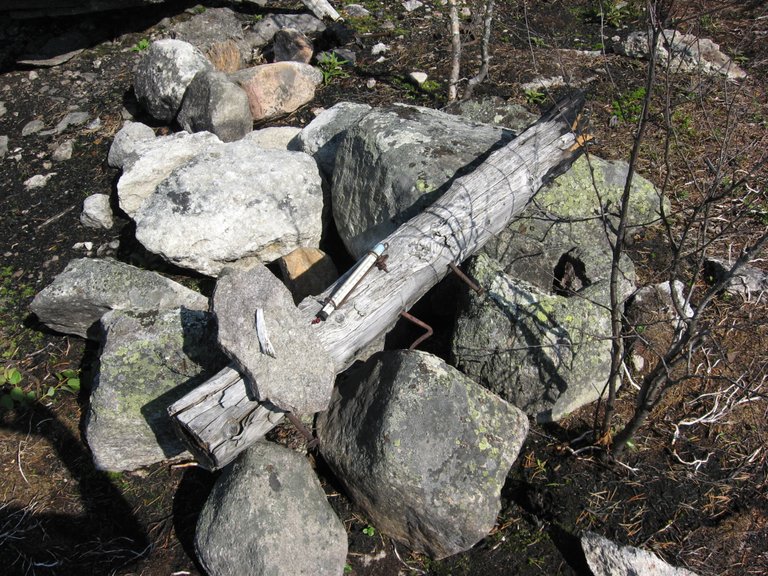
On one of the huge boulders, you can find the remains of a geodesic sign. The wooden frame has already fallen apart, but the thermometer has miraculously survived. On the day we were on the Mountain, the temperature was approaching +30. But in the evening it was very cold without warm clothes.
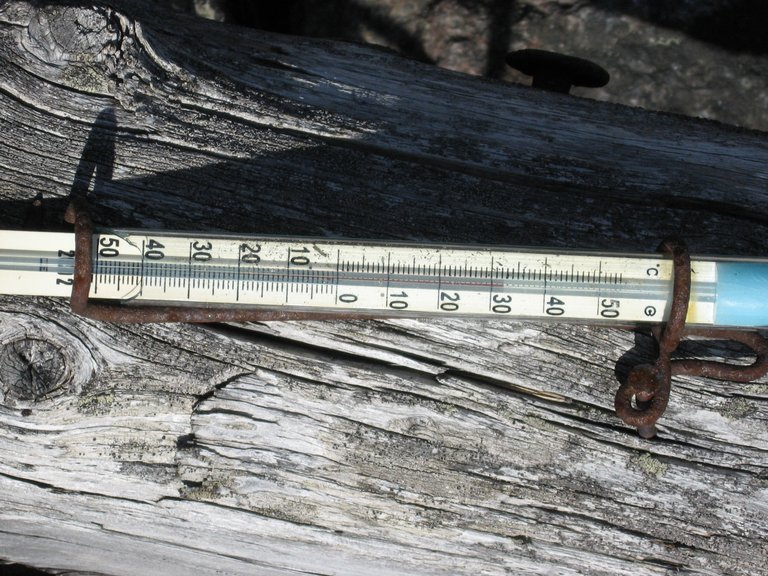
Thank you for your interest in my story and photos.
I wonder where the thermometer came from on the mountain?))
I don't know for sure. I can only assume that since this is the highest point in the central part of Karelia, there must be some kind of geodesic sign on it. And maybe a thermometer should be placed in such a place.